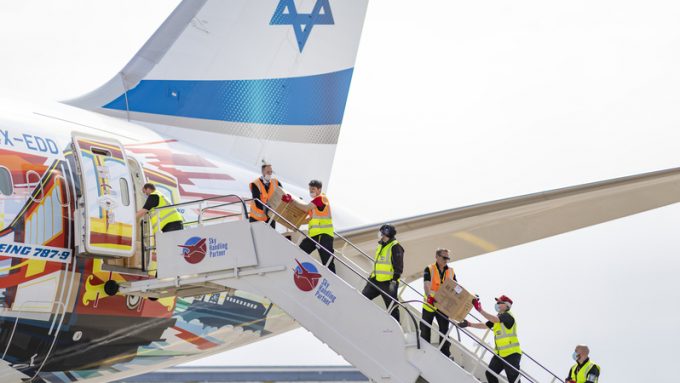Forwarders predict fall in airfreight rates as ecommerce eyes sea freight
Forwarders are warning that although the airfreight market currently seems stable, conditions could change very ...

Air freight rates are finally stabilising, after weeks of rising at unprecedented levels.
Charter brokers and air freight rate indices are seeing increases slow – or even reverse – as more capacity comes into the market.
Freight Investor Services (FIS), using data from the TAC Index, revealed a 47-cent decline in Shanghai to Europe prices, Hong Kong to Europe has fallen by 18 cents, while China to Europe, overall, has fallen 32 cents.
China to the US remains strong, said FIS, with Shanghai ...
Macron calls for ‘suspension’ – CMA CGM's $20bn US investment in doubt
Trump tariffs see hundreds of cancelled container bookings a day from Asia
De minimis exemption on shipments from China to the US will end in May
Forwarders stay cool as US 'liberation day' tariffs threaten 'global trade war'
Mixed response in US to 'Liberation Day', while China leads wave of retaliation
Tariffs and de minimis set air freight rates on a volatile course
Overcapacity looms for ocean trades – with more blanked sailings inevitable
'To ship or not to ship', the question for US importers amid tariff uncertainty

Comment on this article
Rob
May 12, 2020 at 2:57 pmReally good news if it can continue. A lot of importers into EU/UK are paying through the nose for air freight, rates are still far too high and have a long way to go.